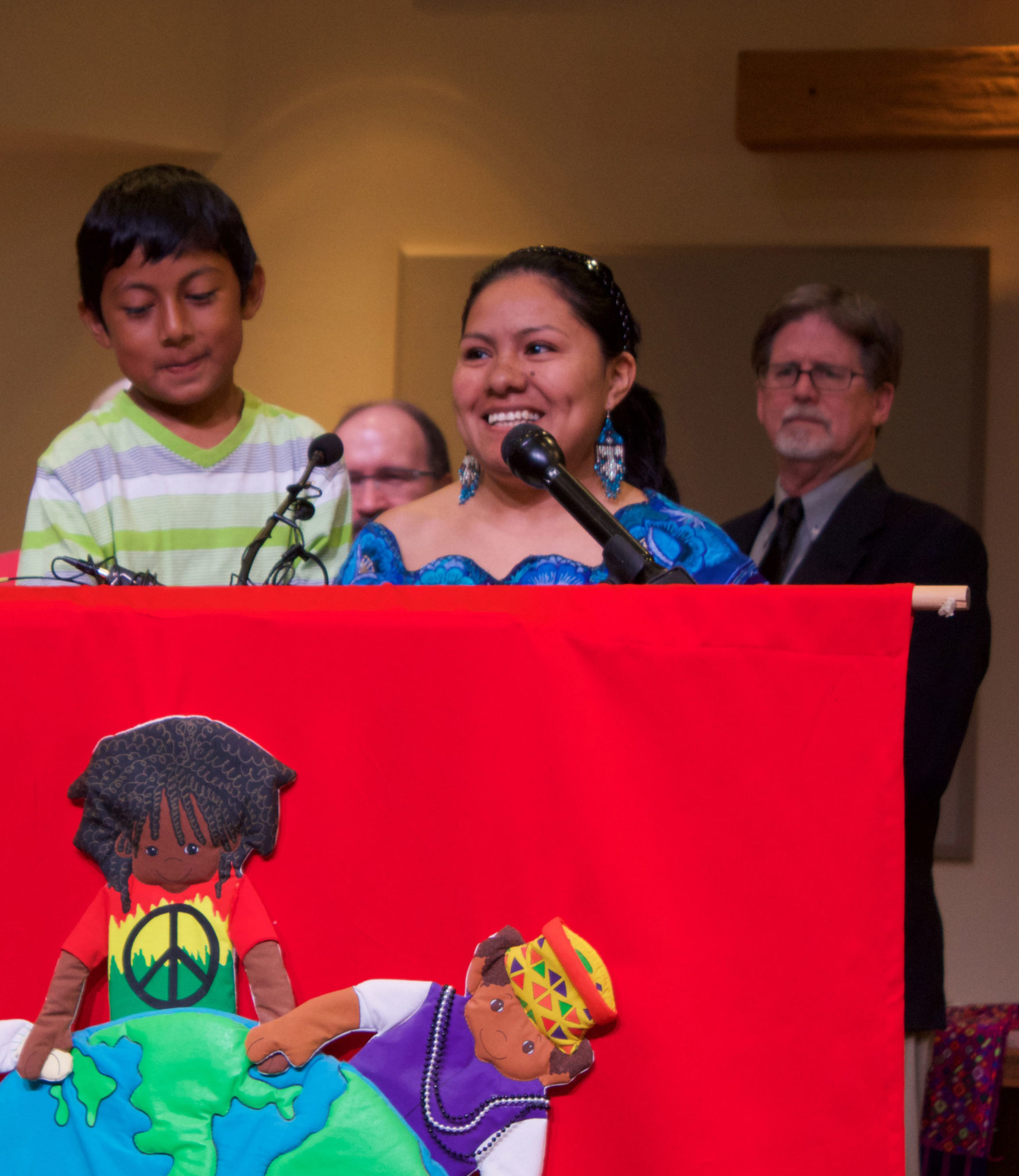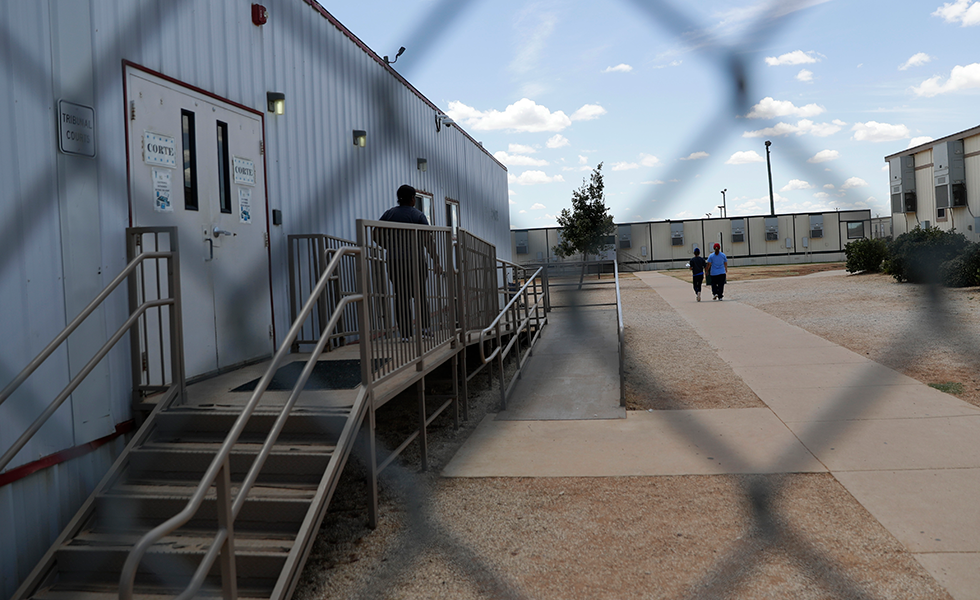
Guatemalan Mom, Son Win Surprise Victory for Sanctuary Movement
The pair took sanctuary in an Austin church eight months ago, hoping to avoid deportation back into danger at home.

A version of this story ran in the December 2016 issue.
A Guatemalan mother and son who took sanctuary in an Austin church eight months ago have received a form of immigration relief that will protect them from deportation for at least one year and allow the mother, Hilda Ramirez, to apply for a work permit.
“Ever since I came to America, I’ve been incarcerated,” said Ramirez at a press conference Tuesday. “Now I’m very happy to finally breathe fresh air and feel liberation.”
Ramirez, who in 2014 fled gender-based violence in Guatemala with then-9-year-old Ivan, spent 11 months in an immigrant detention center before being released with an ankle monitor that she refers to as a “shackle.” While still in detention, Ramirez and Ivan lost their joint asylum case and appeal, like most Central Americans in their position. Immigration and Customs Enforcement (ICE) released the pair, however, because Ivan had a separate, ongoing application for Special Immigrant Juvenile status and because a federal judge had recently ruled against prolonged detention of immigrant children.
The two were living at an Austin-area shelter in January when the Obama administration announced a new set of removal priorities that targeted adults who entered the United States with children after May 2014. Despite Ivan’s ongoing application, an order of deportation remained active for both of them.
That’s when Ramirez connected with organizers at Austin’s Grassroots Leadership and St. Andrew’s Presbyterian Church, where she and Ivan took sanctuary, invoking a long-standing practice in which places of worship house and advocate for immigrants, taking advantage of ICE’s policy of avoiding “sensitive locations.”
Eight months later, ICE informed the family’s lawyer that they would receive relief from deportation in the form of deferred action, which protects them for one year before they must renew the status.
“This is an important step,” said Grassroots’ immigration organizer Alejandro Caceres, “but we need to see more faith communities like St. Andrew’s standing up and saying to ICE: ‘You’ll have to get through us first.’”
The Austin Sanctuary Network, founded in 2014, is a coalition of 14 congregations that Caceres said is ready to take in more immigrants and continue resisting deportations. He added that they are preparing for potential anti-“Sanctuary City” legislation in the upcoming legislative session.
Reverend Noel Anderson, a representative from the national sanctuary movement, told the Observer that the movement altogether has won 15 sanctuary cases since 2014. “Our ultimate goal is to dismantle the deportation machine step-by-step,” Anderson said.
Organizers, however, aren’t sure exactly what prompted ICE to grant deferred action in the Ramirez case. Advocates, explained Caceres, had been demanding a stay of removal, a form of relief designed for immigrants who have exhausted all of their legal options and which ICE has granted to other immigrants in sanctuary. Instead, ICE granted deferred action, which is normally given to those who never went through deportation proceedings. A key difference is that Ramirez and her son will not have to attend regular ICE check-ins.
“I can only think it was the community pressure,” Caceres told the Observer, “and they just wanted to make us leave them alone.” It remains uncertain whether ICE will grant the same relief in similar cases going forward. Caceres added that the Austin movement will continue to push for permanent cancellation of removal in the case.
Ramirez, who has now applied for her work permit, said she and Ivan will continue living at the church until she gets on her feet.


